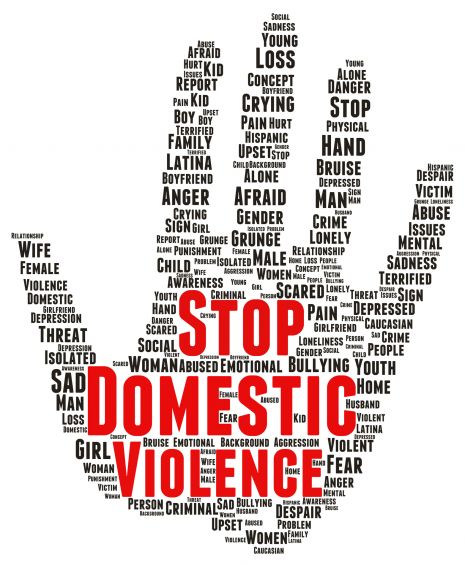
One key part of the ULC's mission is that we provide assistance to many charitable organizations. We fully support the work of the National Coalition Against Domestic Violence (NCADV). "Every home a safe home," is their motto. Sadly, in the fight against domestic violence, it doesn't seem as if we are any closer to solving the problem than we were 10 years ago. October is Domestic Violence Awareness Month.
Why Victims Stay in Bad Relationships
To understand how domestic violence affects someone, it's important to understand why it's so difficult to get away from the situation. People who have never experienced abuse may not understand the power dynamic. It's not usually as simple as walking away. In one study about intimate partner homicides, it was discovered that one-fifth of those killed were not the domestic violence victim, but someone who was intervening to help the victim. A domestic violence victim can't always protect themselves or those they love when trying to take back their life.
Often, threats of leaving or separation precipitate the worst violence anyone can imagine. When a victim threatens to leave, the abuser may kill the victim to prevent it. It's one way the abuser keeps someone trapped in a violent relationship. The abuser may threaten children or the pets. Financial ruin often occurs when the abuser keeps taking the victim back to court for custody of the kids or other legal decisions involving their marriage.
The NCADV has found many other barriers to leaving an abuser:
The victim may remember the good times and hope that the relationship will return to normal. A fear of losing one's children if the abuser fights for custody. It's believed that abusers who hurt the child's mom will not necessarily abuse the child. A fear of single parenting and not having the financial resources to live without the abuser. Sometimes, the victim is afraid of losing spiritual support and getting a divorce, because it goes against what the church believes. Unsupportive friends and family are another barrier. You may not be able to solve the victim's problem, but you can be a support.
How to Help an Abuse Victim
Don't judge. You do not fully understand the situation, no matter how close you are. Don't tell the victim that he or she needs to leave. Work on safety measures. Don't get offended when one of your suggestions isn't accepted. The victim may be abused, but he or she hasn't lost his or her sense of self. Let the victim make their own choices. If one doesn't work, don't judge. Don't talk about the abuser in a negative light. For example, the abuser is a jerk, or you never liked him or her. This may push the victim away or make the victim feel as if the abuser needs to be defended around you. Keep everything you're told confidential. Don't tell other family members what's going on. You need to be trusted by the victim. Remind the victim that he or she is not to blame for the abuse. You are afraid for his or her safety and that of the children. The abuse will most likely get worse, even if the abuser apologizes. Stick to non-judgmental statements when possible. "I am afraid for your safety." "You are not alone. I am here for you." "No one deserves abuse." Be realistic about what you can do. You can pick up the kids from school, but you cannot make the abuser stay away. Even a protection order may not be enough to make the abuser stay away. Offer to store items that they might need to make a quick getaway. Help them create a safety plan.
Domestic violence is a complex situation. Many victims will leave and go back to the abuser seven or more times before they get out. Be patient with the victim and be aware that leaving may not be the best option without a good plan in place to protect the kids, the pets, the victim and the helpers.



